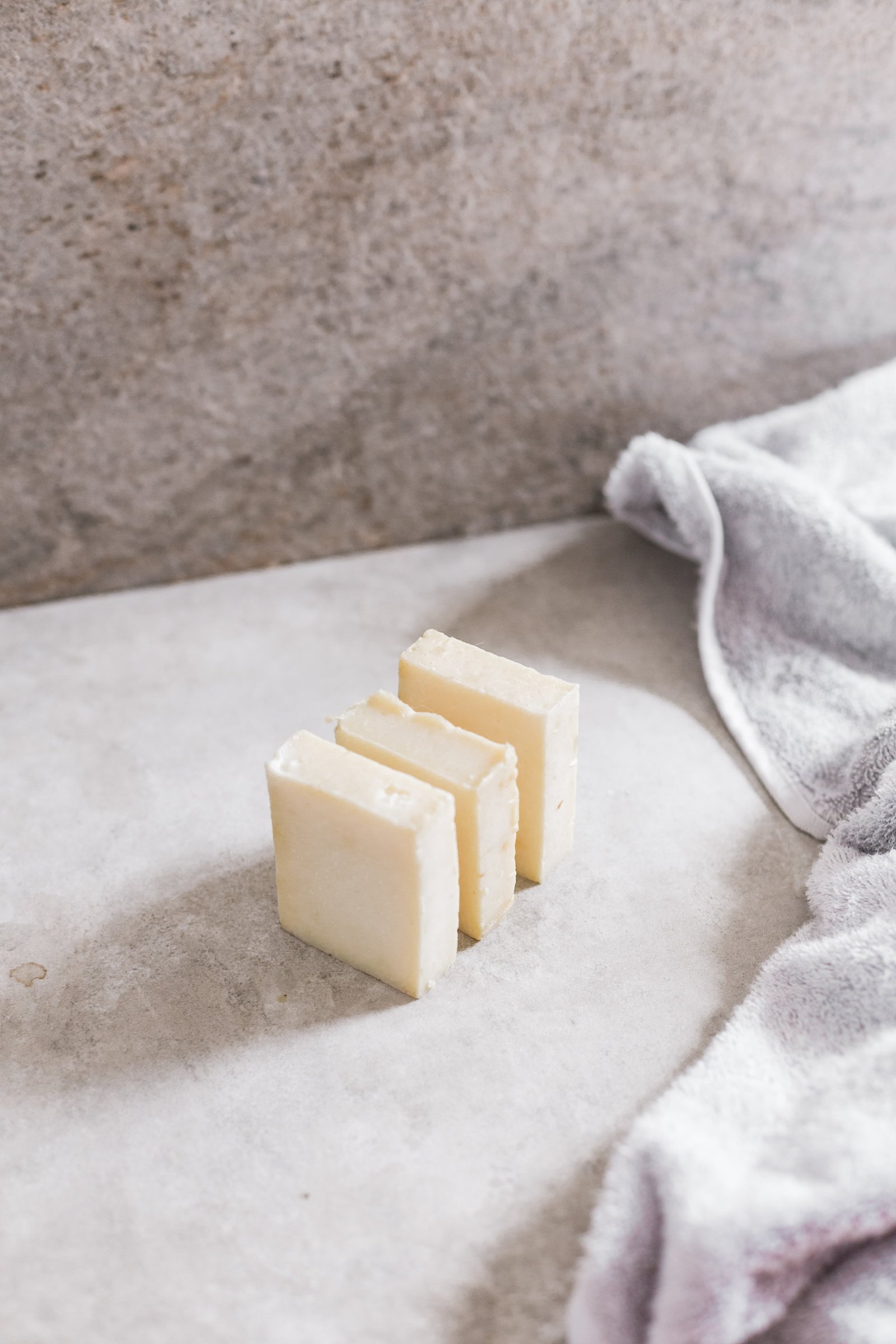Because we all want to discover what works best for our skin, the beauty community is constantly on the lookout for natural and effective ingredients. One ingredient that has gained significant attention is beef tallow. Derived from beef fat, this versatile substance has been used for centuries in various applications, including cooking and candle making. However, recently, it has found its way into the skincare industry. We will explore the pros and cons of using beef tallow in skincare, shedding light on its potential benefits and potential drawbacks.
Pros:
Moisturizing Powerhouse: Beef tallow is incredibly moisturizing and has excellent emollient properties. It contains a rich blend of fatty acids, such as oleic acid and stearic acid, which help nourish and hydrate the skin. When applied topically, beef tallow forms a protective barrier that helps prevent moisture loss, keeping the skin supple and moisturized.
Skin Compatibility: One of the notable advantages of beef tallow is its compatibility with the skin’s natural composition. The fatty acids present in beef tallow closely resemble the oils produced by our skin. This similarity allows for easy absorption and can help balance the skin’s natural lipid barrier, promoting healthier-looking skin.
Nutrient-Rich: Beef tallow is packed with essential nutrients like vitamins A, D, E, and K, as well as antioxidants. These components can contribute to the skin’s overall health, supporting its natural healing process and potentially reducing the appearance of fine lines and wrinkles.
Potential Anti-Inflammatory Properties: Beef tallow contains anti-inflammatory compounds that can help soothe irritated and inflamed skin. This can be beneficial for individuals with sensitive or acne-prone skin, as it may help calm redness and reduce swelling. The anti-inflammatory properties of beef tallow can potentially provide relief to those dealing with skin conditions like eczema and psoriasis.
Versatility: Beef tallow is a versatile ingredient that can be used in various skincare products, including moisturizers, lip balms, and even soap. Its versatility allows for customization, as it can be combined with other beneficial ingredients to address specific skincare concerns.
Cons:
Comedogenic Potential: One of the main concerns associated with beef tallow is its comedogenic rating, which means it has the potential to clog pores. While this may not be an issue for everyone, individuals with acne-prone or oily skin types might want to exercise caution when using products containing beef tallow. Patch testing and monitoring the skin’s reaction is advisable before incorporating it into your skincare routine.
Sourcing and Sustainability: The production of beef tallow raises concerns about animal welfare and environmental sustainability. Choosing tallow sourced from grass-fed, humanely raised cattle can help alleviate these concerns to some extent. Additionally, opting for tallow from sustainable sources can help reduce the environmental impact associated with beef production.
Personal Sensitivities: As with any skincare ingredient, individual sensitivities and allergies can arise. Some people may experience adverse reactions or skin irritation when using products containing beef tallow. It is essential to be mindful of your skin’s reactions and discontinue use if any negative effects occur.
Room to Explore
The use of beef tallow in skincare has both pros and cons. While its moisturizing properties, skin compatibility, and nutrient-rich composition make it a potentially valuable ingredient, concerns regarding its comedogenic potential and ethical considerations must be taken into account. As with any skincare product, it is crucial to assess your skin’s unique needs and preferences, and patch testing can help determine if beef tallow suits you personally. As the beauty industry continues to evolve, embracing natural and sustainable ingredients becomes increasingly important, and beef tallow presents an intriguing option to explore.
Photo by Sincerely Media on Unsplash

Leave a Reply